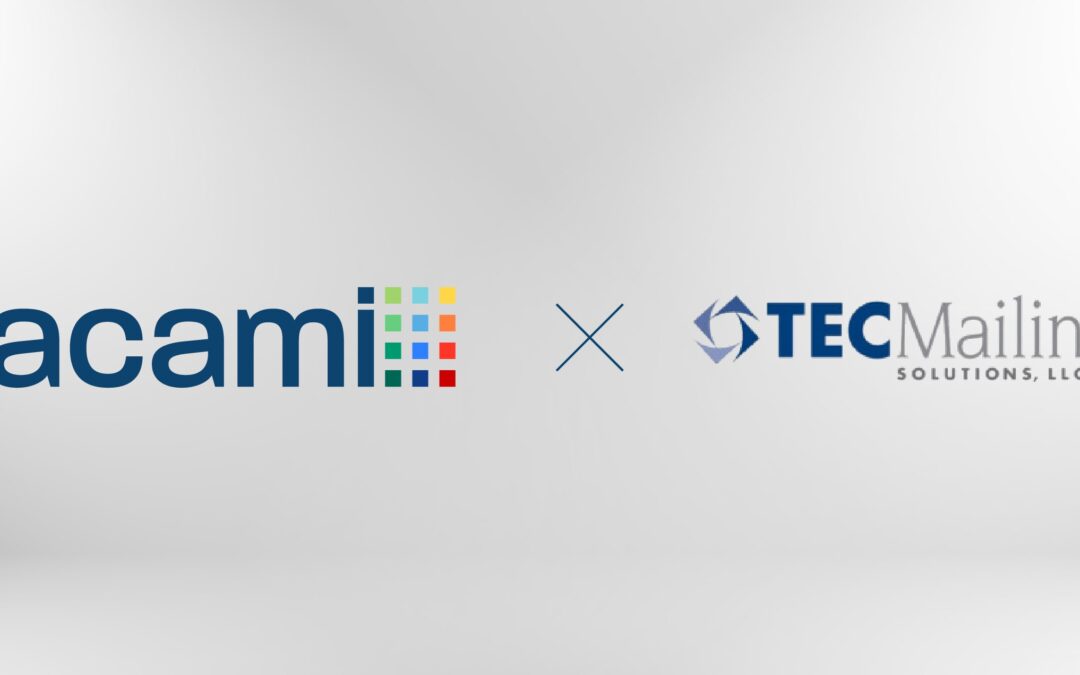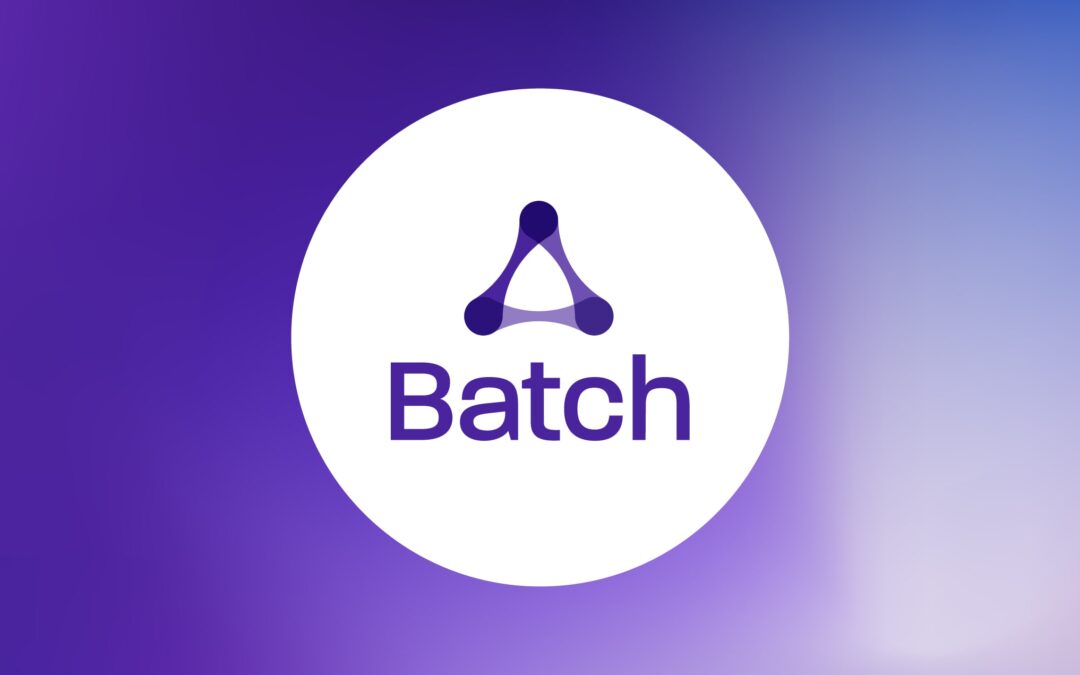Introduction
Replacing a legacy Automated Document Factory system is like performing open-heart surgery on your print and mail operations. It is high-stakes work that requires specialized knowledge.
Many legacy ADF platforms are 15 to 30 years old. These systems helped organizations run smoothly for decades, but they often can’t keep up with modern demands. They lack flexibility, struggle with compliance, and create operational bottlenecks. Because they were designed before digital delivery and multichannel workflows, these systems are now outdated. Delaying their replacement only makes the job harder and riskier.
Racami has performed more ADF system evaluations and migrations than any other vendor in the industry. We’ve completed hundreds of engagements and logged over 20,000 hours. This blog draws on those real-world experiences to help you understand the landscape, avoid common pitfalls, and make the right decisions for your business.
Why Organizations Replace Legacy ADFs
Consolidation and growth
When companies grow through acquisition, they often inherit multiple ADF systems. Each system comes with its own logic, processes, and maintenance needs. Managing multiple platforms can be expensive and inefficient. A unified system reduces cost, complexity, and duplication.
Aging technology
Most legacy ADFs were built in the 1980s or 1990s. They were made for a different era. Modern systems offer APIs, real-time dashboards, audit reporting, and digital delivery. Outdated systems can’t meet today’s requirements or customer expectations. Vendors eventually stop supporting them. Parts break. Workarounds pile up. When that happens, you face higher costs and operational risks.
Compliance and digital demands
Regulated industries must provide clear audit trails, secure handling of sensitive data, and fast turnaround. Legacy ADFs often struggle to support those demands. At the same time, customer communication is evolving. Clients expect email, SMS, and self-service portals. You can’t meet those expectations with a print-only workflow. Modern ADF platforms support both print and digital delivery.
Why These Projects Are So Hard
1. Knowledge gaps
Legacy systems often run undocumented code written by long-gone employees. Teams don’t always know how the system works or what it handles. That makes discovery and replication difficult. A proper migration requires a full understanding of what the legacy platform does. Without that, your project risks delays, missed functionality, or failure.
2. Learning curve
New systems aren’t plug-and-play. They’re complex frameworks that need configuration. So, consider time for your team to learn and adapt to new tools and workflows; this is totally normal. But if you don’t plan for it, frustration builds. Expect some surprises. Allow room for training and testing. It’s worth it in the long run.
3. Customization and integration
Legacy platforms are full of one-off routines and vendor-specific logic. New platforms won’t support those out of the box. You’ll need to rebuild or rethink many workflows. This requires technical resources and close collaboration between operations and IT. It’s a significant lift, but it allows you to eliminate old inefficiencies.
4. Skills and ownership gaps
Your new system needs a technical owner. Someone who understands the platform, maintains it, and supports ongoing improvement. If no one fills that role, problems will stack up. You also need internal stakeholders who understand your legacy setup and can help scope the new system correctly. Without them, you risk choosing a tool that doesn’t fit your needs.
5. Resistance to change
People get attached to familiar processes. It’s tempting to try and recreate the legacy setup exactly. But doing so can hold back progress. Modern ADFs offer better ways to work. Let the new platform guide your improvements. Don’t force it to mimic outdated logic. You’ll save time and build a stronger foundation for the future.
6. Surprises are guaranteed
Even with great planning, unexpected challenges will appear. A forgotten dependency. A data issue. A feature gap. These things happen. The difference between success and failure is having a partner who knows how to respond. Experience matters. At Racami, we’ve seen it all and solved it all. We know how to keep things moving when the plan hits a snag.
Options for Modernization
You have choices. Each path has pros and cons. Here’s a quick breakdown:

Why the Right Partner Matters
One of the biggest reasons migrations fail is picking the wrong vendor. We’ve seen organizations lose years and millions of dollars because they chose a solution that couldn’t deliver. Or a team that gave up when things got hard.
Your partner should have deep experience with ADF migrations. They should know what legacy systems look like, how modern platforms behave, and how to bridge the gap. They should help you prepare, guide your team, and keep the project on track when things go sideways.
Racami brings that expertise. We’ve helped more organizations move off legacy ADF systems than anyone else in the business. We know what to expect. We know how to adapt. And we know how to get it right.
Final Thoughts
Legacy ADF platforms did their job for years. But as the market moves toward digital delivery, they’re holding your operation back. Replacing them is difficult. But the cost of doing nothing is higher. You risk compliance failures, lost customers, and increased downtime.
Modern ADF platforms offer control, speed, flexibility, and scalability. They support multichannel delivery. They meet today’s audit and reporting needs. They help you modernize your print and mail operation without compromising on quality or security.
A successful migration takes planning, effort, and the right guide. Racami can help you assess your current systems, design a roadmap, and manage the transition.
Industry Spotlight: Tailored Guidance by Sector
For Healthcare Organizations
HIPAA compliance requires accurate tracking, auditability, and secure delivery. Legacy ADFs often lack built-in safeguards for protected health information. A modern ADF from Racami helps you automate workflows, track chain-of-custody, and support digital delivery options such as patient portals or e-notifications. We’ve helped healthcare providers migrate safely without risking operational downtime or patient trust.
For Insurance Providers
Timely, compliant delivery of policy documents and statements is critical. Older ADFs struggle with the complexity of multi-tier policies, endorsements, and regional compliance variations. Racami understands the nuances of insurance workflows. We’ve helped carriers reduce SLA penalties, automate batch controls, and scale output for acquisition growth, all while lowering operating costs.
For Financial Institutions
Regulatory pressure continues to rise across consumer finance, banking, and retirement services. Institutions must prove integrity in their communications, often under tight timelines. Racami’s modern ADF solutions support digital channels alongside traditional print and enable the type of reconciliation, visibility, and client-specific handling that legacy platforms simply can’t manage.
Ready to get started? Book a Readiness Assessment with Racami and take the first step toward a modern, reliable, future-ready ADF environment.



